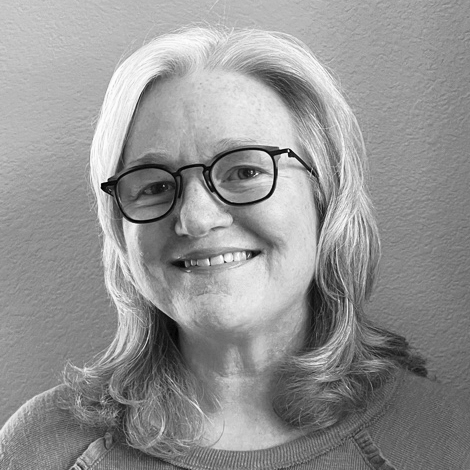Wellness & The Built Environment
Safer Havens: The New-Home Community With Core Of Wellness
Data, evidence, and consumer behavioral traction prove out downturn-resistant value in planned communities that fully integrate resident well-being.
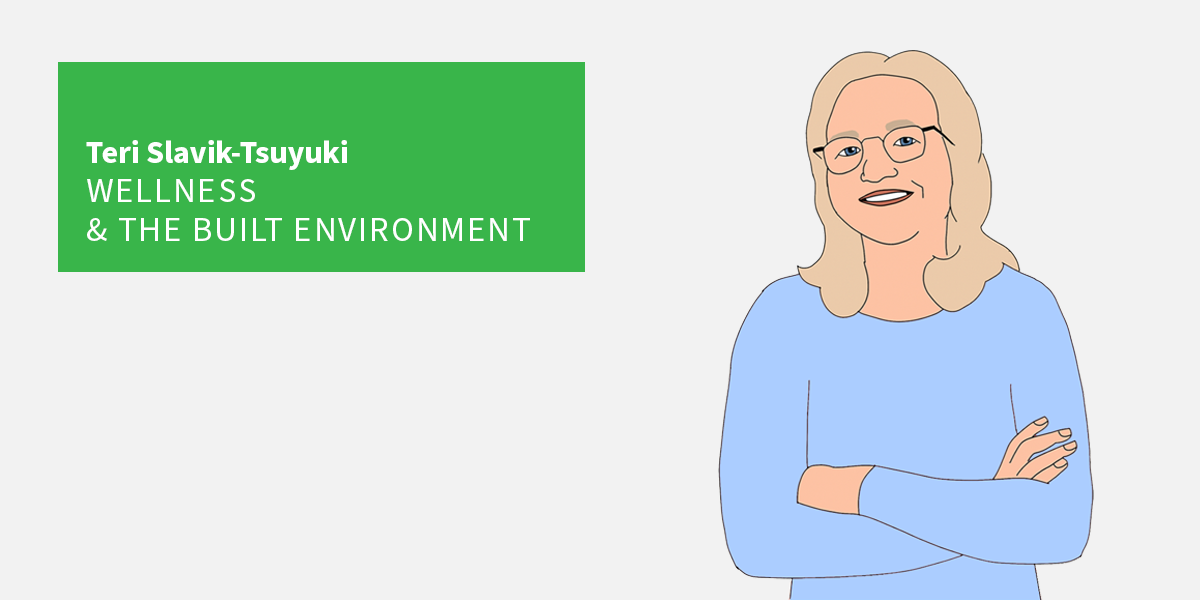
In a time when the economy is squishy at best, many (not all!) builders and developers are pivoting from the order taking of the frothy past two years, cutting costs, and focusing on back to basics thinking. But when it comes to wellness, what constitutes “basic” today, and what role do those designing and creating the built environment play in it?
An outdated definition of health – the “absence of disease” has been replaced by the World Health Organization’s “a state of complete physical, mental and social well-being, and not merely the absence of disease or infirmity”.
The Data, Please!
A recent article in the Journal of the American Medical Association, calculates the US spends 17.8% of our GDP on healthcare. That’s squarely in line with housing’s contribution to our GDP, at 15-18% according to the NAHB. The powerful combination of the two accounts for one third of our nation’s economic output – worth focusing on, and worth reaching beyond just the basics, given the importance consumers place on wellness today.
Three thousand respondents to the America at Home Study wave 3.0, in partnership with DAHLIN Group Architecture and Planning, the Housing Innovation Alliance, KANTAR, Strategic Solutions Alliance, and tst ink, said physical wellness is the area with the largest gap between degree of importance in their lives, and their satisfaction in achieving it, with a delta of 6%. Even with concerns about inflation and mortgage rates, that gap outpaced a similar gap in people’s satisfaction with their financial wellness by a full 5 percentage points. This is fresh data less than a month old, and not yet fully released.
Physical well-being means much more than physical fitness. And in the built environment it goes beyond the 1990s days of the green building movement with its focus on buildings, to the impacts these places have on people. Physical well-being is the ability to enjoy a healthy quality of life and daily activities without undue fatigue or physical stress. The homebuilding and community development world supports this by creating places that encourage movement, access to food and nutrition, quality aging in place and intergenerational living opportunities, and technology to facilitate and measure progress.
Systemic Barriers, Outdated Thinking
Exclusionary zoning is at least partly responsible for some of the challenges of supporting wellness through more attainable housing, and walkable communities, designed for people first, not parking counts. An equally limiting way of defining what goes on inside the walls comes from common building standards such as “acceptable” levels of indoor air quality that are neither healthy, nor optimal, or the belief that a building must be certified to be healthy.
For a readable, engaging, and practical look inside the walls, Joseph Allen and John Macomber’s recently updated book, Healthy Buildings, refutes these and other limiting beliefs. They include proforma analyses and hypothetical sensitivity testing for investing in healthier buildings, based on their work at Harvard. And they show a respect for the ways real estate people focus on the financial analysis of deals. There’s even an app here available for you to experiment with your own customized research on wellness impacts.
Most of us spend 90% of our time indoors – at work, at home, in cars, and an assortment of other indoor places like restaurants, stores, airplanes. But well-being starts outside those walls, in the very way communities and cities are designed.
Wellness Community Design at Different Scales
For each domain of wellness – in this case physical – the Global Wellness Institute’s Wellness Communities & Real Estate Initiative framework puts people first. Wellness real estate is intentional and designed to improve people’s lives from the start. Scalable and focused on the tangible things that people value. It is contextual, whether in a significant master plan, an urban infill neighborhood, or a rental co-living space. And it’s never finished – wellness needs to be activated with iterative thinking that responds to the changing needs of people, even if over a 15-20 year build out, like Rancho Mission Viejo in south Orange County, California.
One of the largest master plans in the nation, and arguably on one of the most challenging pieces of land to develop, Rancho Mission Viejo literally maps how the different domains of wellbeing can be infused into every dimension of community life.
We regularly conduct a wellness inventory, and annual resident surveys as we develop this 14,000-home community. The results drive our land planning, product design, and our community activation,” says Kris Maher, GWI initiative member and Senior Vice President of Community Design at Rancho Mission Viejo.
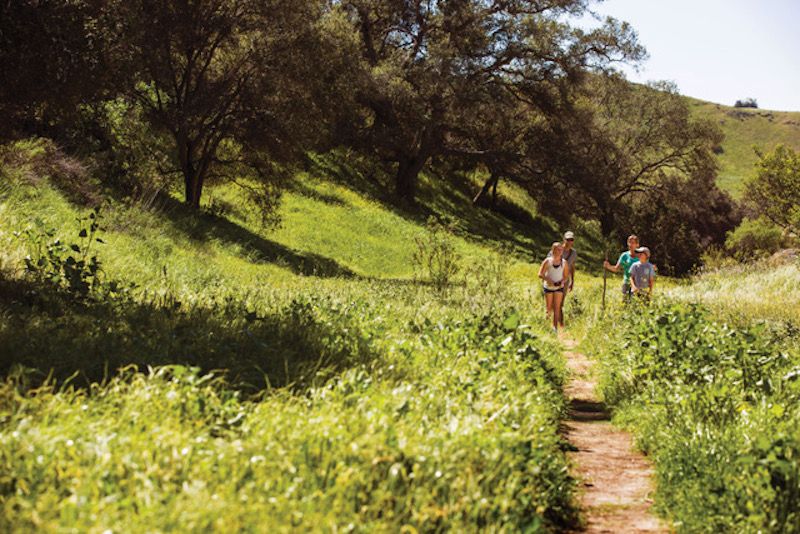
Our community is built in an area of rolling hills with varied topography, so we need to account for that. We can’t just say “it’s walkable”. We carefully plan the distances to fitness and recreation centers, today with 95% of all homes located within a quarter mile of these. And our trail system is a mix of paved sidewalks on 90% of all block lengths, ADA compliant and accessible to all, with a network of unpaved trails and hikes led by Nature Reserve staff out into the open space. Education and access to healthy food are key elements of physical wellbeing, and to date we’ve invested in 3 community farms and 2,500 orchard trees. We know our wellness focus is paying off, as our second village of Esencia sold out 8 months earlier than projected, and 83% of our residents say living in Rancho Mission Viejo supports their well-being,” she continued.
At the other end of the spectrum, Jim Dobbie, Founder and CEO of Zeal for Living, a development company formed in partnership with an established and experienced capital partner in the healthcare industry, is developing rental wellness living communities throughout the United States. Leveraging his expertise in developing and operating multi-family residential and single-family rental neighborhoods, his goal is to reinvent the marketplace of wellness housing for the 35-55-year-old set.
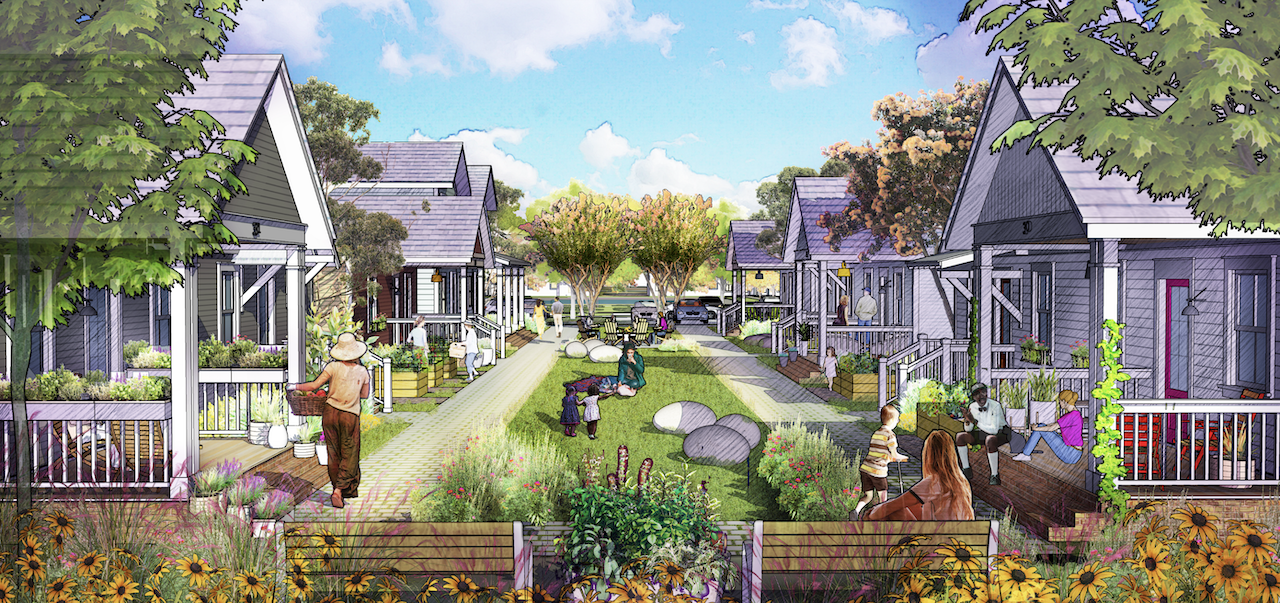
Think of it as service-enriched living, bringing wellness living to market rate rental housing. Our model is 200-250+ rental homes, from walk-ups to courtyards to single family detached that can stand alone as a neighborhood or be built within a master planned community with like-minded developers”, he says. “What’s key is our wellness focused neighborhood master plan with its wellness center, kitchen garden, orchards, neighborhood pavilion, outdoor dining, great lawn for fitness and events. Additionally, residents live in homes that promote wellness, such as bedrooms designed to promote good sleep and air filtration to boost indoor air quality,” he explained.
Zeal for Living has just closed on their first such community of 237 homes in the Dallas/Fort Worth area, with more to come.
What’s Old is New Again
Post-pandemic, people are craving more connection and community than ever. And that craving causes Clayton Garrett, a partner in Houston-based developer Meristem Communities, to say, “What is old is new again. There’s a shift away from inhuman processes and organizations to on-the-ground and grassroots types of things,” he continued. Incidentally, Kantar’s Chief Knowledge Officer, J. Walker Smith delivered the same message this fall to the Leader-to-Leader audience.
Garrett and his business partner, Scott Snodgrass, are developing their first master planned community called Indigo in Fort Bend County, outside Houston, bringing their roots in urban agriculture, as co-founders of Agmenity (agriculture as an amenity) to bear on their approach to wellness. Indigo will include a 5-acre urban farm within its retail core, with a focus on providing access to healthy food. But beyond the obvious focus on food as a contributor to physical wellness, Meristem focused design efforts on walkability, resilience, and community livability. They successfully sought a variance from the City of Richmond, TX, with a 4-0 vote, to reduce road widths, setbacks, and the minimum lot sizes to 2,000 sf to diversify the homes offered and improve walkability.
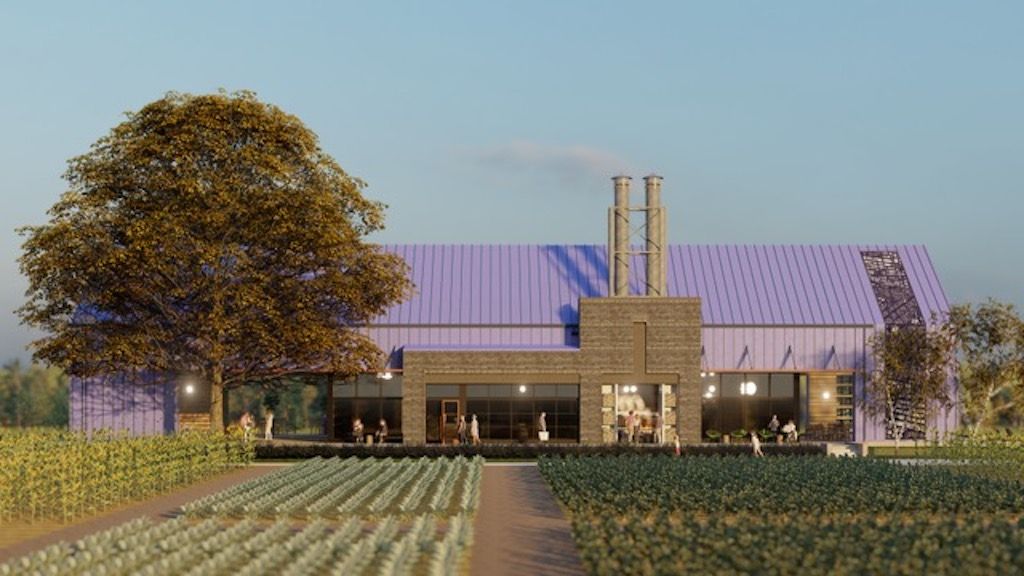
Just like in our agriculture experience, we believe we have to take care of the entire system. It’s not one thing that contributes to wellness, it’s the thousand small decisions that matter. We’re making walking safer with narrower streets, slowing traffic, and activating linear parks where there are no cars. To be a truly walkable community, you have to have somewhere to walk. We’ve created points of interest for the pedestrian experience, every 150 feet, and a community plan and home types that will truly be for all ages and income levels,” Garrett says.
How might we?
Is it too expensive to “do” wellness? Zeal for Living’s Dobbie answers it this way.
It doesn’t need to cost extra. It just needs to be thought about in the planning stage.”
This might result in leaving things off the list of expected amenities and freeing up resources to create healthier places with a lighter, more nimble touch. Just like so many areas of this complex business, barriers will come down. More and more examples of wellness communities are proving wellness real estate is good real estate – it increases returns for developers, homebuilders and investors, and improves the well-being of all.
MORE IN Wellness & The Built Environment
Rezoned For A Future That Bridges Timely, Timeless Values
Nolen Communities put in the work to turn a coastal California site into a thriving 20-acre agrihood, Fox Point Farms.
TBD Case: Here Is A Build-To- Rent Wellness Community Model
A look at how Zeal for Living aims to boost the health and well-being of renters.
A Look Back To Move Forward As Partners In Environmental Wellness
It’s our job now to stay close with our customers, and to collaborate. To create great places -- good for people and the planet -- we need to break down barriers against adopting an innovation by focusing on its value to our customers and the cost – and value – to our businesses.
